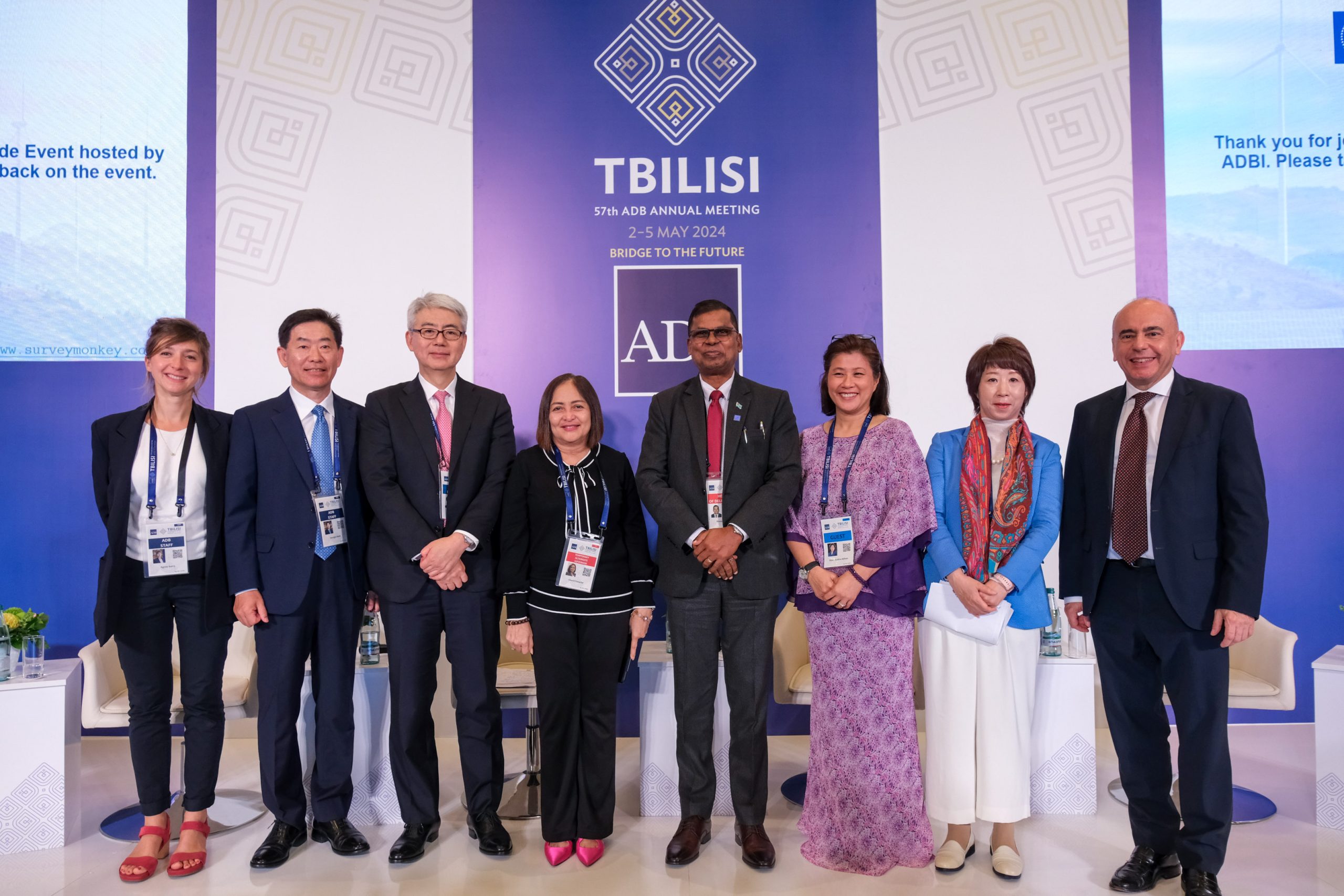Innovative and well thought out green monetary policies like green and blue bonds are great to address climate action – but negligible when compared to the speed of damage caused to infrastructure by climate crisis in the Pacific.
In some Pacific nations, the damage and loss to GDP is between 30-100 percent.
This point was pushed through strongly by Fiji’s deputy Prime Minister and Minister of Finance, Dr Biman Prasad when he addressed a side event on mobilising climate finance at the Annual Meeting of the Asian Development Bank in the Georgian capital, Tbilisi.
Citing Fiji’s example, Minister Prasad said the green bond issued by the previous government to raise additional finance to fill the resourcing gap, was negligible.
The Fiji Sovereign Green Bond was issued in 2017 to raise FJD$100 million (US$50 million) to build resilience to climate change and support a shift to 100 percent renewable energy. The idea then was to tap into capital markets and the private sector as potential bond investments to source climate finance.
While the Minister did not provide figures – the Fiji Green Bond reports of 2019 and 2020 revealed that Fiji paid out FJD$10.4 million (approx. USD$5.2 million) interest to investors, two years after the green bond was issued. It listed seven projects that were recipients of proceeds of the green bond, totaling close to FJD$100 million.
“In the Pacific, including Fiji, anything we build – school, health facility, critical bridge or any infrastructure, it has to be climate resilient infrastructure. The instruments of climate financing that are available whether its climate or other institutions, whether its monetary institution or regulator mechanism, it is a drop in the ocean, said Prasad
And the inability of small island developing states (SIDS) in the Pacific to access these financing instruments is an added burden, the Fijian deputy PM said.
“Even if some of these financing instruments are tailored made for small island states, it is still not enough, Dr Prasad said.
No other regions of the world are facing the unique and grave impacts of climate change like the Pacific.
“The gravest threat to safety, security and stability of Pacific societies and economies cannot be under estimated.
“The Small Island Developing States in the Pacific are the only ones in the Asia Pacific region that are experiencing loss of GDP between 30-100 percent as a result of the impact of climate change like extreme weather patterns, droughts, floods, said Dr Prasad.

When he met ADB President, Masatsugu Asakawa in the Georgian capital, Tbilisi last week, Dr Prasad raised this specific issue on behalf of Pacific Developing Member States.
“I asked him to take a different approach. Apart from the concessional lending based on market interest rate, we need to explore other instruments like grants. Whether you are looking at loss and damage fund or accessing Green Climate Fund (GCF), the modalities there to access these funds are just too onerous for small island countries. Many don’t have fiscal space to be able to borrow even at very concessional rates from multilateral development banks (MDBs).
In the ADB’s new operating model – where the bank has positioned itself as the climate lender of choice for the Asia Pacific region, the multilateral development bank committed to ‘explore more concessional terms for climate projects and pilot new financing structures and instruments.’
In addition, the bank will build on its efforts to enable Developing Member Countries (DMCs) access to concessional finance from Climate Investment Funds, the Green Climate Fund, and other multilateral and bilateral sources.
The Pacific’s 14 Developing Member States of the ADB are Cook Islands, Fiji, Federated States of Micronesia, Kiribati, Marshall Islands, Nauru, Niue, Palau, Papua New Guinea, Samoa, Solomon Islands, Tonga, Tuvalu, and Vanuatu.














